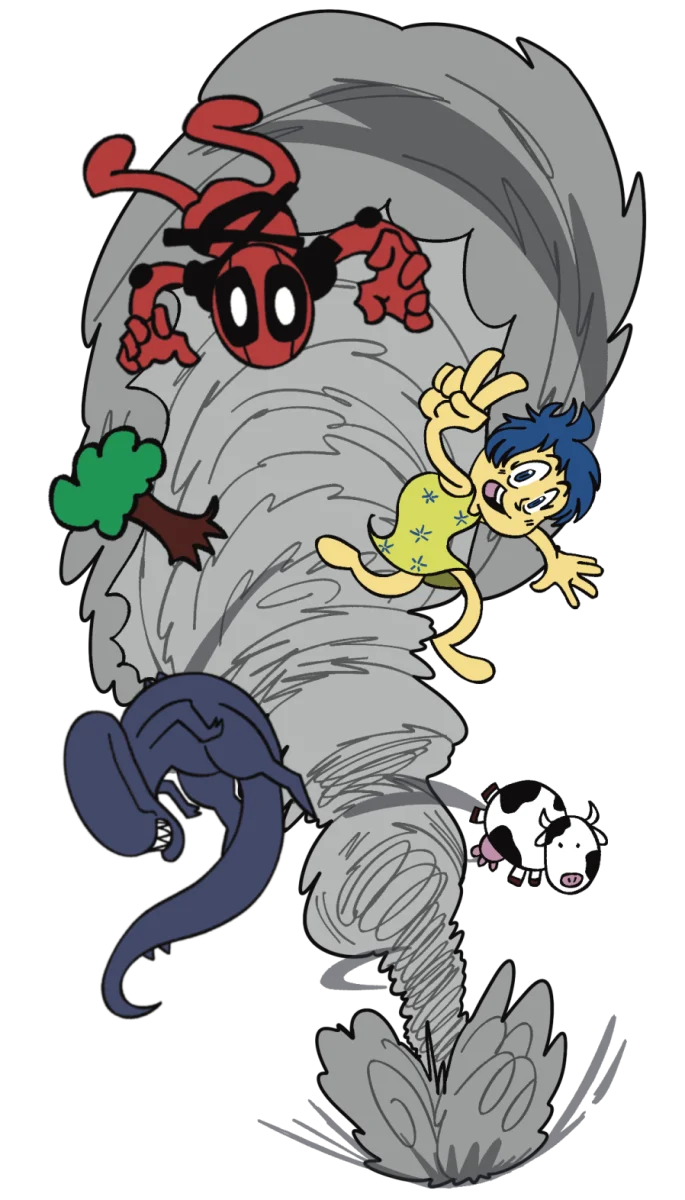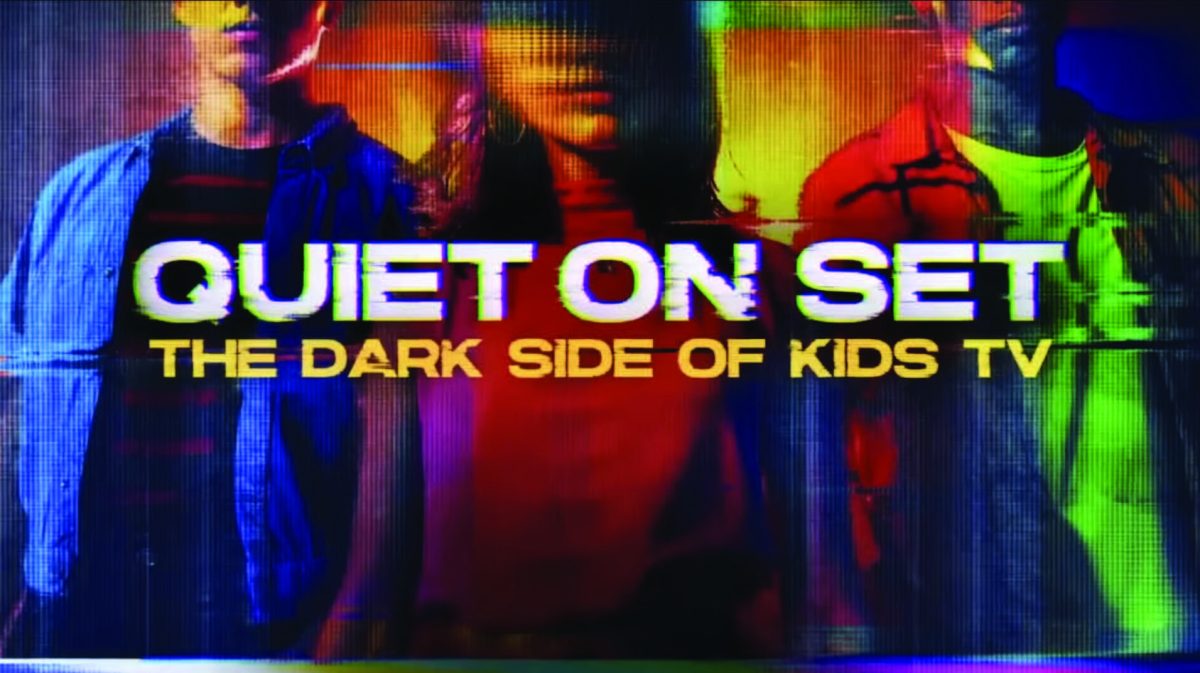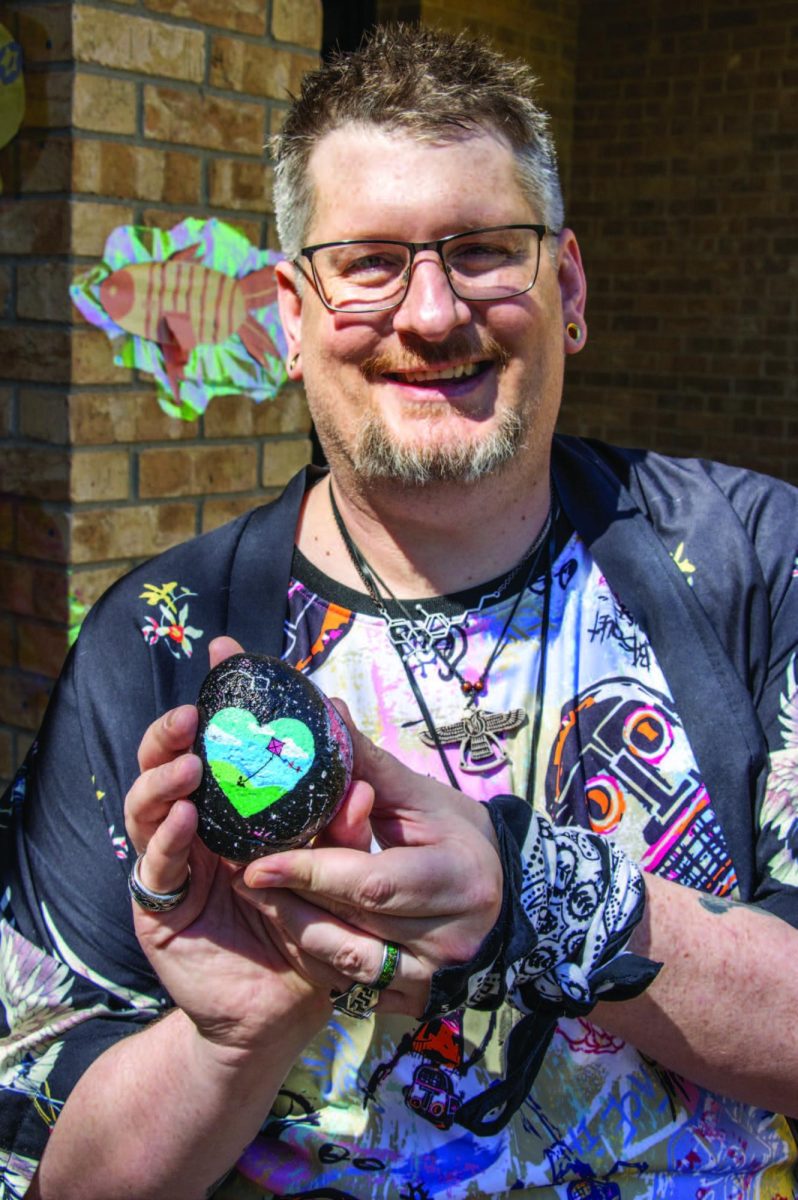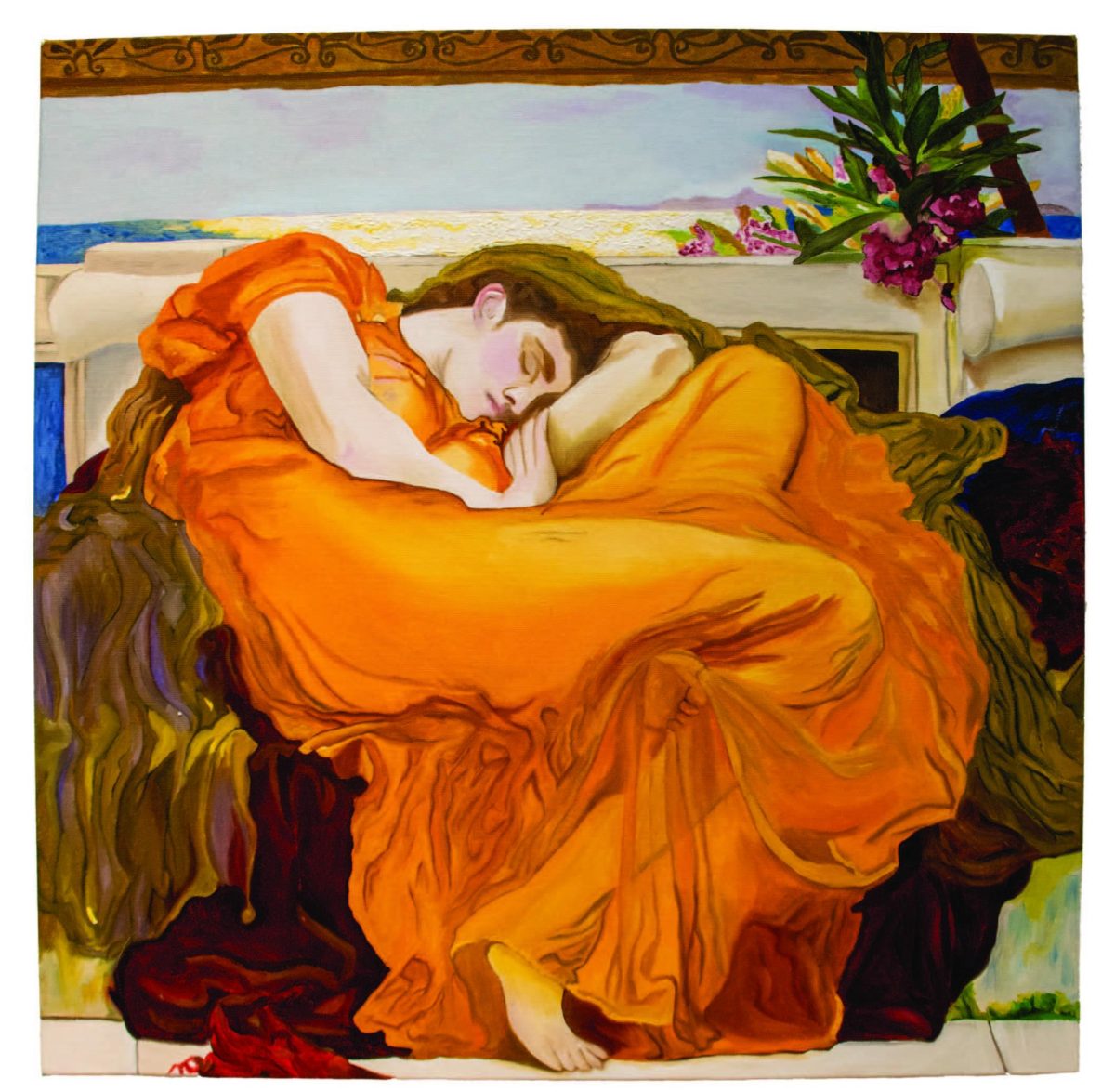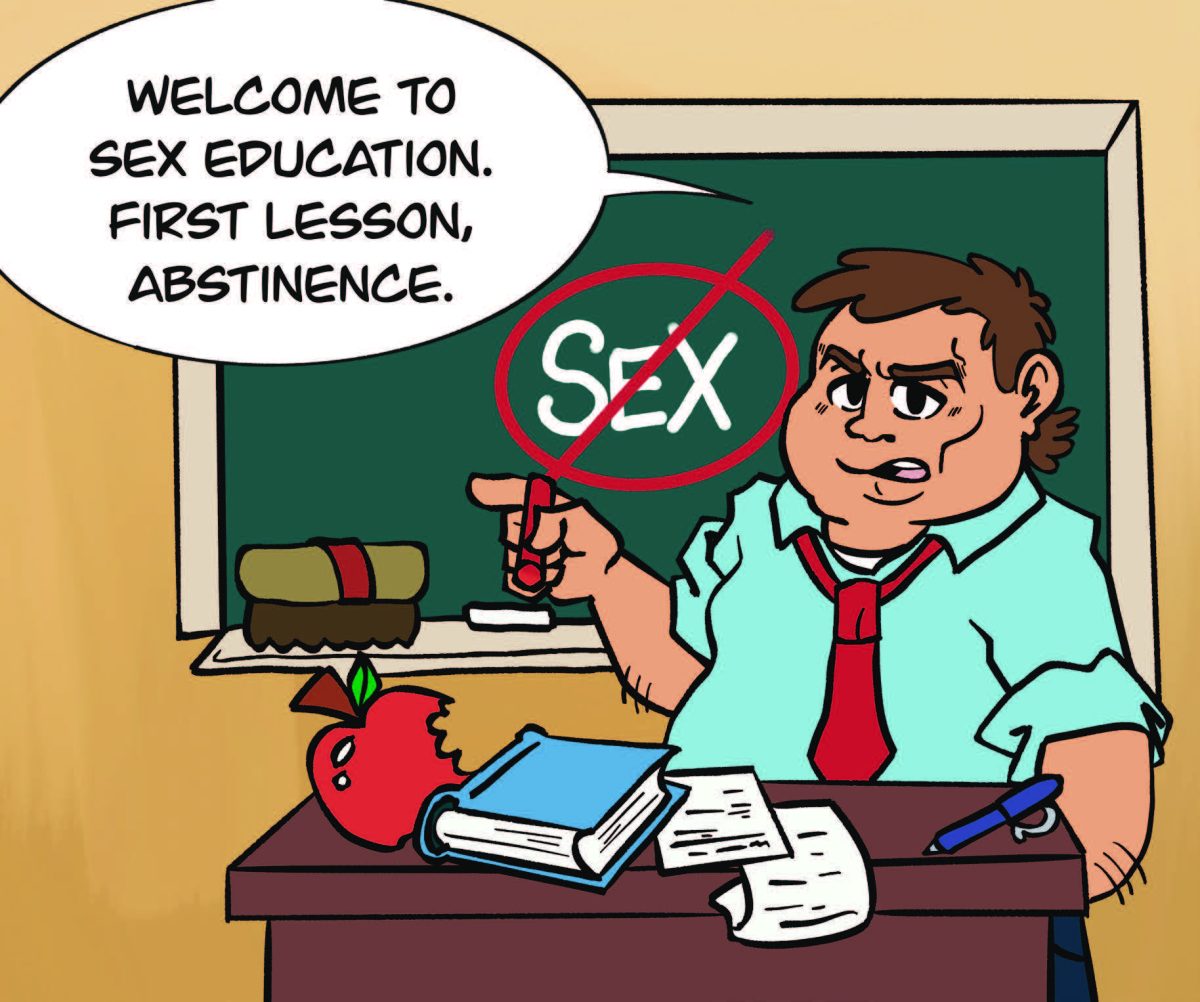RABBIA MOLAI
managing editor
rabbia.molai@my.tccd.edu

Slicked-back hair, minimal makeup and dainty gold jewelry are the trademarks of a 21st century “it girl”, at least they are now.
For years, women of color have faced public persecution for the fashion and beauty trends that have now entered mass media. But why is it that when Black girls wear big hoops and clear lip gloss it’s seen as ghetto but when white models or influencers do it’s chic?
The same can be said for South Asian beauty standards. For many Desi girls, the ritual of wearing gold jewelry and getting their hair oiled has been passed down for generations. But many have given up their traditions after being scarred by the ridicule they faced because they did not fit the quintessential American beauty standards.
These days, it’s impossible to open your Instagram feed as a person of color without seeing some form of your culture being taken over and watered down with no credit given. And unfortunately, beauty standards and trends are only the beginning.
Many Hispanic people were outraged when TikTok trends emerged of people making “spa water” or “corn on a stick.” News flash, agua frescas, and elote have been around forever and they don’t need to be redone.
The issue here is not with people wanting to partake in food or beauty standards from other cultures. It should be noted that there is a difference between appreciating a part of someone’s culture and appropriating it. Completely changing the name for something and passing it off as a new idea is not cultural appreciation.
What makes it worse is when a person of the ethnic group whose traditions are being gentrified tries to point out their displeasure and is immediately met with a medley of “it’s not a big deal, just get over it.”
If it truly weren’t a big deal then the act wouldn’t have been done in the first place. America is known as a melting pot for a reason, there are hundreds of different cultures and traditions practiced within the country. No one has said that learning or experiencing them is a bad thing.
For people of color, traditions such as the way they dress and the food they make represent more than just beauty and sustenance. They represent ancestral pain and tradition that generations of people have fought tooth and nail to keep protected in a foreign land.
We live in a world where the knowledge of anything and everything can be attained with just a few clicks. Cultural sensitivity and awareness should not be this much of an issue in the 21st century. As a society, it is our job not only to be well informed before blasting something on the internet, but also be willing to sit with the discomfort of making a mistake and rectifying it.
Beauty and food are two of the best ways to bring people together, especially on the internet. We just need to remain mindful about where our ideas are coming from and who should be receiving the credit for them.






